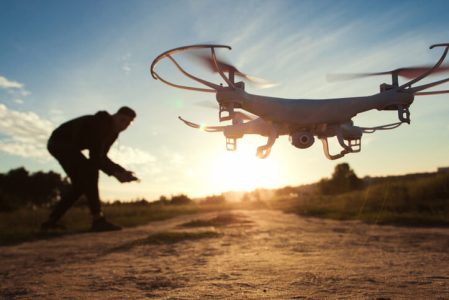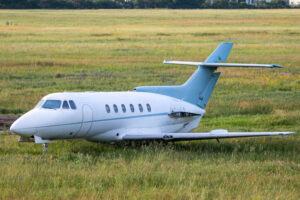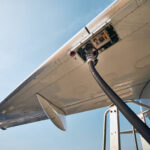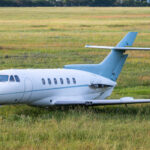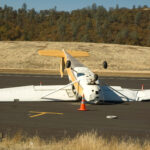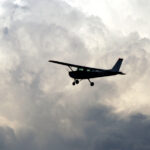Unmanned Aerial Vehicle Careers in Aviation
Unmanned Aerial Vehicles, commonly known as UAVs or drones, are aircraft systems that operate without a human pilot onboard. Instead, they are remotely controlled or fly autonomously using onboard computers and sensors. Originally developed for military use, UAVs have rapidly expanded into civilian life—playing crucial roles in industries like agriculture, construction, emergency response, real estate, cinematography, and environmental monitoring. With demand skyrocketing, UAV operation has become one of the most accessible and dynamic paths to a career in aviation.
Types and Sizes of UAVs
Drones come in a wide variety of sizes, capabilities, and configurations. Here’s a quick breakdown of the most common categories:
- Nano/Micro Drones: Tiny drones (under 250g) are often used for hobby flying, indoor use, and toy-grade models. Some are even used in medical or scientific research.
- Consumer/Prosumer Drones: These include popular quadcopters like DJI’s Phantom or Mavic series. They’re ideal for photography, videography, and small-scale mapping.
- Enterprise Drones: Larger, more advanced drones used for commercial operations like powerline inspections, agriculture spraying, and thermal imaging.
- Fixed-Wing UAVs: Shaped like small airplanes, these drones are used for longer-range applications such as surveying land or monitoring wildlife.
- Military/Defense UAVs: Large, high-endurance aircraft like the MQ-9 Reaper, used in surveillance and tactical operations (training and access are highly restricted).
How Do You Train to Become a UAV Pilot?
Unlike traditional pilot training, UAV training can be significantly faster, more affordable, and widely accessible—but it still requires knowledge, skill, and certification.
Step 1: Understand FAA Requirements (U.S.-based Training)
In the United States, anyone operating a drone for commercial purposes must obtain a Part 107 Remote Pilot Certificate issued by the FAA. To qualify:
- You must be at least 16 years old.
- You must pass the FAA Part 107 Aeronautical Knowledge Test.
- You must undergo TSA security vetting.
Step 2: Prepare for the Part 107 Test
Training options include:
- Online Prep Courses: Many platforms like Drone Pilot Ground School, Pilot Institute, or RemotePilot101 offer guided study programs.
- Self-Study: Using FAA’s free study guides, aeronautical charts, weather resources, and sample test questions.
- Community College or Flight School Programs: Some schools now offer in-person UAV training that includes both Part 107 prep and hands-on flying.
Step 3: Gain Practical Flight Experience
Although the FAA doesn’t require a hands-on flight test, employers increasingly expect real-world flying experience:
- Practice with consumer drones under 250g for hobby flights.
- Join local drone clubs or programs to log flying hours.
- Some training schools provide simulation and supervised outdoor flight instruction.
Step 4: Specialize and Build Credentials
As you grow in the field, consider:
- Getting additional certifications (e.g., night operations waivers, BVLOS—Beyond Visual Line of Sight).
- Learning industry-specific software (like photogrammetry tools for mapping). Pursuing advanced UAV courses from universities or industry providers.
Whether you’re a high school student fascinated by robotics, a veteran pilot exploring new tech, or a career-changer looking for a future-proof industry, UAV operations offer a wide runway of opportunity. With minimal barriers to entry and a constantly evolving tech landscape, training to become a certified drone pilot could be your first step toward a thrilling and impactful career in aviation.
RELATED CTS TRAINING
RELATED CTS TRAINING

